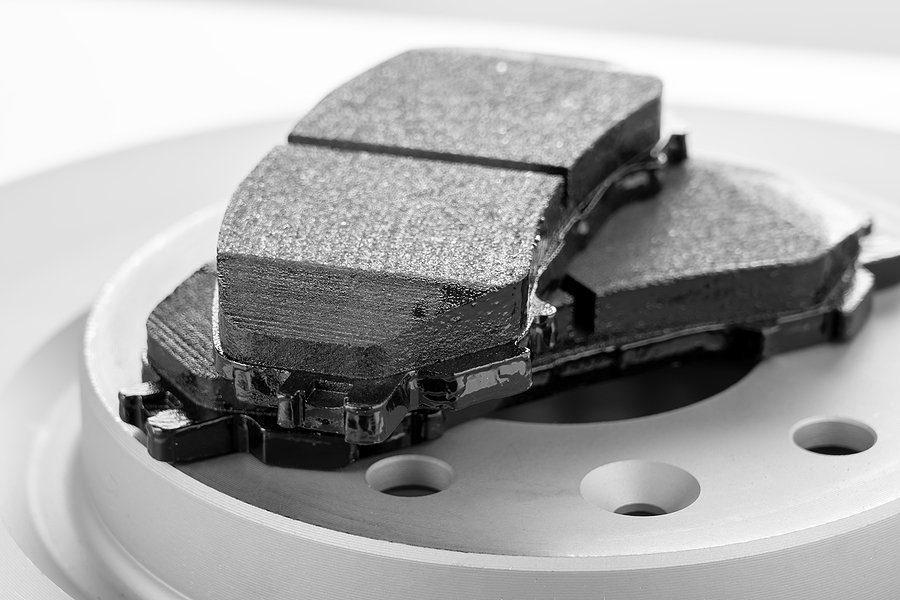Choosing the right brakes for your vehicle is crucial for ensuring safety, performance, and driving comfort. Whether you’re upgrading for better performance or replacing worn-out components, understanding how to choose the right brakes can make a significant difference. In this article, we’ll explore key factors and considerations that will guide you in selecting the best brake system for your needs.
Understanding Your Braking Needs
Assess Your Driving Style
Firstly, to choose the right brakes, you need to assess your driving style. Different driving habits require different types of brakes. For instance, if you engage in aggressive driving or frequent high-speed maneuvers, you’ll need brakes that offer superior stopping power and heat dissipation. On the other hand, if your driving is mostly urban with occasional highway use, standard brakes may suffice. Therefore, understanding your driving style is the first step in choosing the right brakes for your vehicle.
Consider Your Vehicle Type
Another important factor is the type of vehicle you drive. Vehicles vary greatly in terms of weight, performance, and intended use. For example, performance cars or trucks often require high-performance brakes to handle increased stress. In contrast, everyday commuter vehicles may need brakes that balance performance with cost-effectiveness. When you consider your vehicle type, you can make an informed decision about which brakes will best meet your needs.

Key Factors to Consider
Brake Type and Composition
When learning how to choose the right brakes, it’s essential to understand the different types and compositions available. Brake pads come in various materials, including organic, semi-metallic, and ceramic. Organic pads are quieter but may wear out faster, while semi-metallic pads offer better performance and durability. Ceramic pads provide excellent stopping power and longevity with minimal noise. Choosing the right type depends on your performance requirements and noise preferences.
Performance Requirements
Next, consider the performance requirements of your brakes. If you need high performance for track days or aggressive driving, look for high-performance brake kits with slotted or drilled rotors and multi-piston calipers. These components help in reducing brake fade and improving stopping power. Conversely, if your needs are more standard, a good set of quality, OEM-style brakes might be sufficient. Evaluating your performance needs is crucial in selecting the right brakes.
Compatibility and Fitment
Ensuring compatibility and fitment is another critical step in how to choose the right brakes. Brakes must match your vehicle’s specifications to function correctly and safely. Check your vehicle’s manual or consult a professional to confirm the correct size and type of brake components needed. Incorrect fitment can lead to poor performance, increased wear, and potential safety issues. Proper compatibility ensures that your new brakes will integrate seamlessly with your vehicle.
Installation and Maintenance
Professional Installation vs. DIY
When you choose the right brakes, consider whether you will install them yourself or seek professional help. While DIY installation can save money, it requires specific tools and expertise. Incorrect installation can lead to safety hazards and suboptimal performance. If you’re unsure about the process, it’s best to have a professional mechanic handle the installation to ensure everything is done correctly.
Regular Maintenance
Additionally, regular maintenance is vital for keeping your brakes in top condition. Once you have chosen and installed the right brakes, follow the manufacturer’s recommendations for maintenance. This includes checking brake fluid levels, inspecting for wear, and replacing components as needed. Regular maintenance ensures your brakes perform effectively and extends their lifespan.
Cost vs. Quality
Budget Considerations
Finally, when deciding how to choose the right brakes, balance cost with quality. While high-performance brakes might come with a higher price tag, they offer enhanced performance and safety. On the other hand, budget-friendly options can still provide reliable performance for everyday driving. Consider your budget and weigh it against the benefits of different brake systems to make an informed decision.
Conclusion
In conclusion, choosing the right brakes involves several key factors, including understanding your driving needs, vehicle type, brake composition, and performance requirements. Ensuring compatibility, considering professional installation, and regular maintenance also play crucial roles. By following these guidelines, you can select the best brakes for your vehicle, enhancing safety and performance while ensuring a more enjoyable driving experience.




